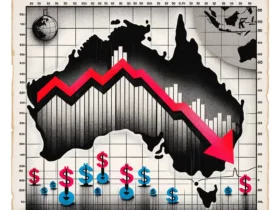What’s Going On?
Indian apps such as Swiggy, Zepto, and Blinkit are revolutionizing grocery shopping by offering ultra-fast delivery times, often completing deliveries in under 10 minutes.
What Does This Mean?
The emergence of the quick commerce sector is transforming India’s nearly $600 billion grocery market. Goldman Sachs forecasts that these rapid delivery services will capture 70% of the online grocery space by 2030, driving market expansion to $60 billion. Swiggy, originally known for restaurant deliveries, is now targeting urban 21-35-year-olds and aims to increase its warehouses to 750 by April 2025. Zomato’s acquisition of Blinkit has proven successful, with Blinkit projected to generate $2.7 billion in orders in 2024, despite slim operating profits. Both Swiggy and Blinkit are expanding their product offerings to include fitness gear and electronics to enhance profitability.
Why Should I Care?
For Markets: Speedy Delivery, Sluggish Profits
While quick commerce apps are flourishing in Indian cities, their substantial expenditure on discounts and marketing may constrain profitability, particularly in the low-margin grocery sector. Traditional stores are feeling the squeeze, with some experiencing monthly sales declines of up to 60% due to the rise of these services. Intriguingly, India’s embrace of quick commerce contrasts sharply with global trends, where companies like Turkey’s Getir and Luxembourg-based Jokr have notably scaled back in the US post-pandemic.
The Bigger Picture: High-Speed Grocery Shopping
Indian consumers, especially young urban adults, are rapidly adopting quick delivery services for their convenience. This transition is prompting traditional retailers to adapt, leveraging tools like WhatsApp for local order management. However, quick commerce remains heavily reliant on densely populated urban areas. As these services evolve, they are poised to reshape the world’s third-largest retail market, potentially displacing small retailers and propelling the industry towards a more technology-driven future.









Leave a Reply